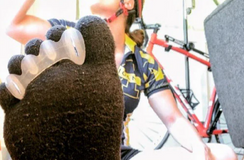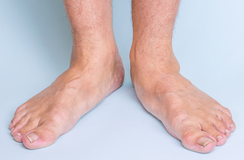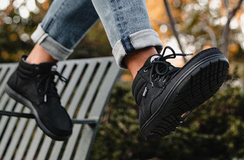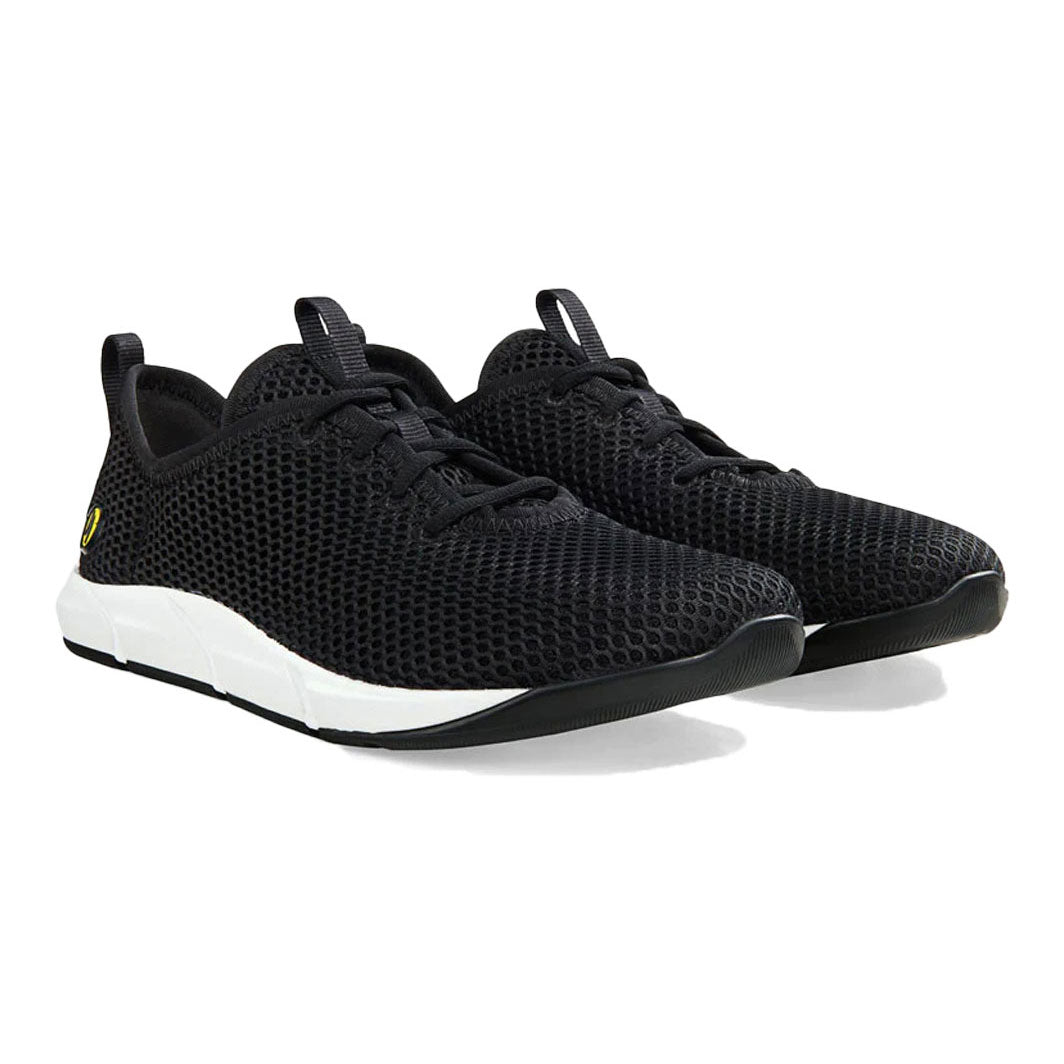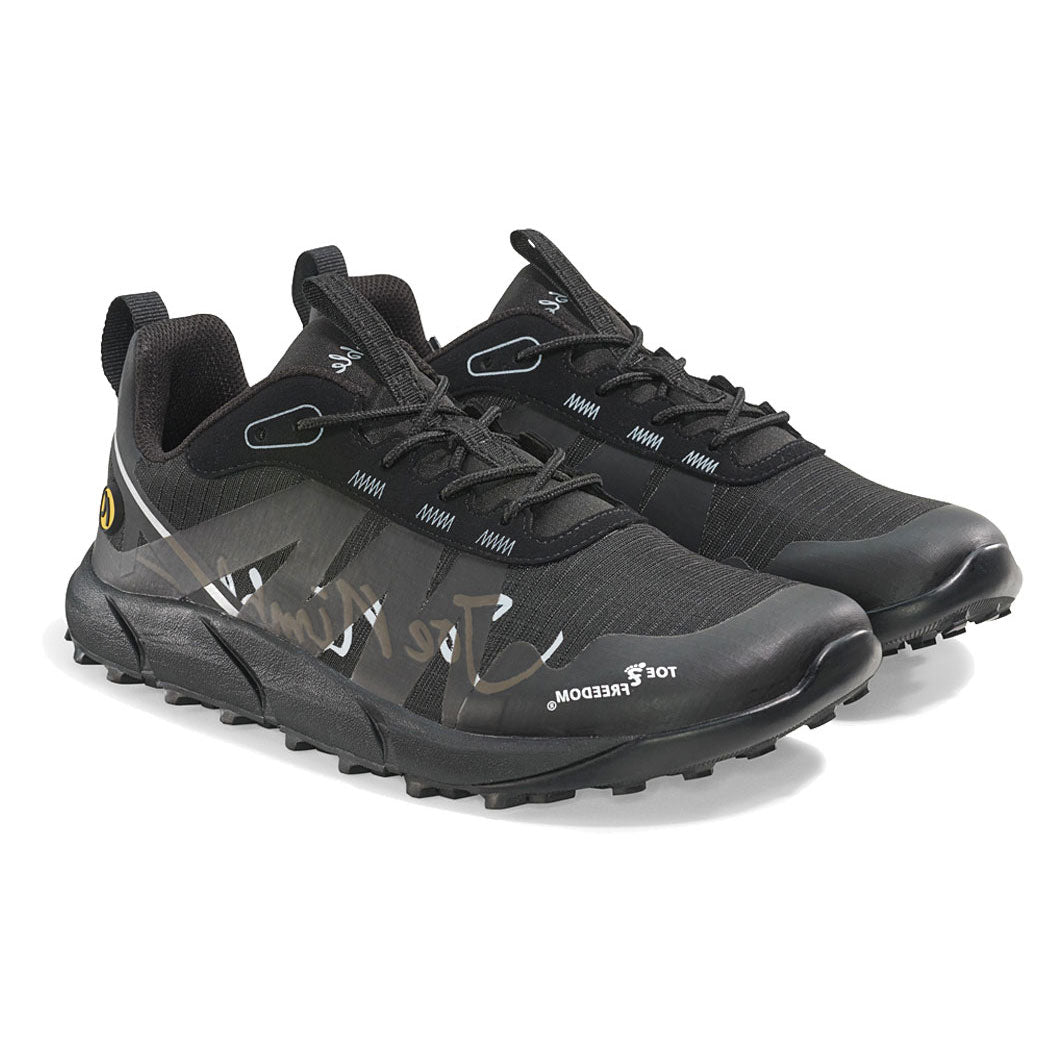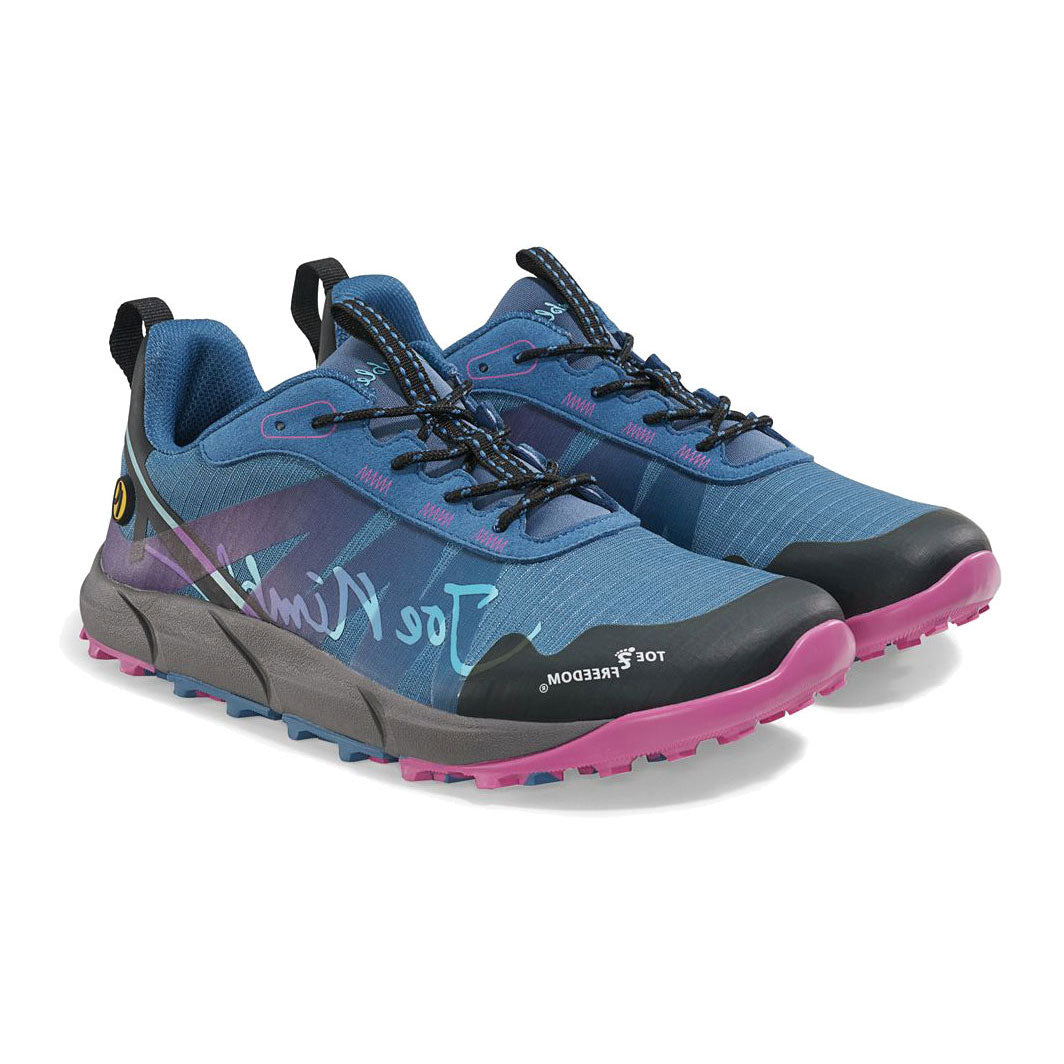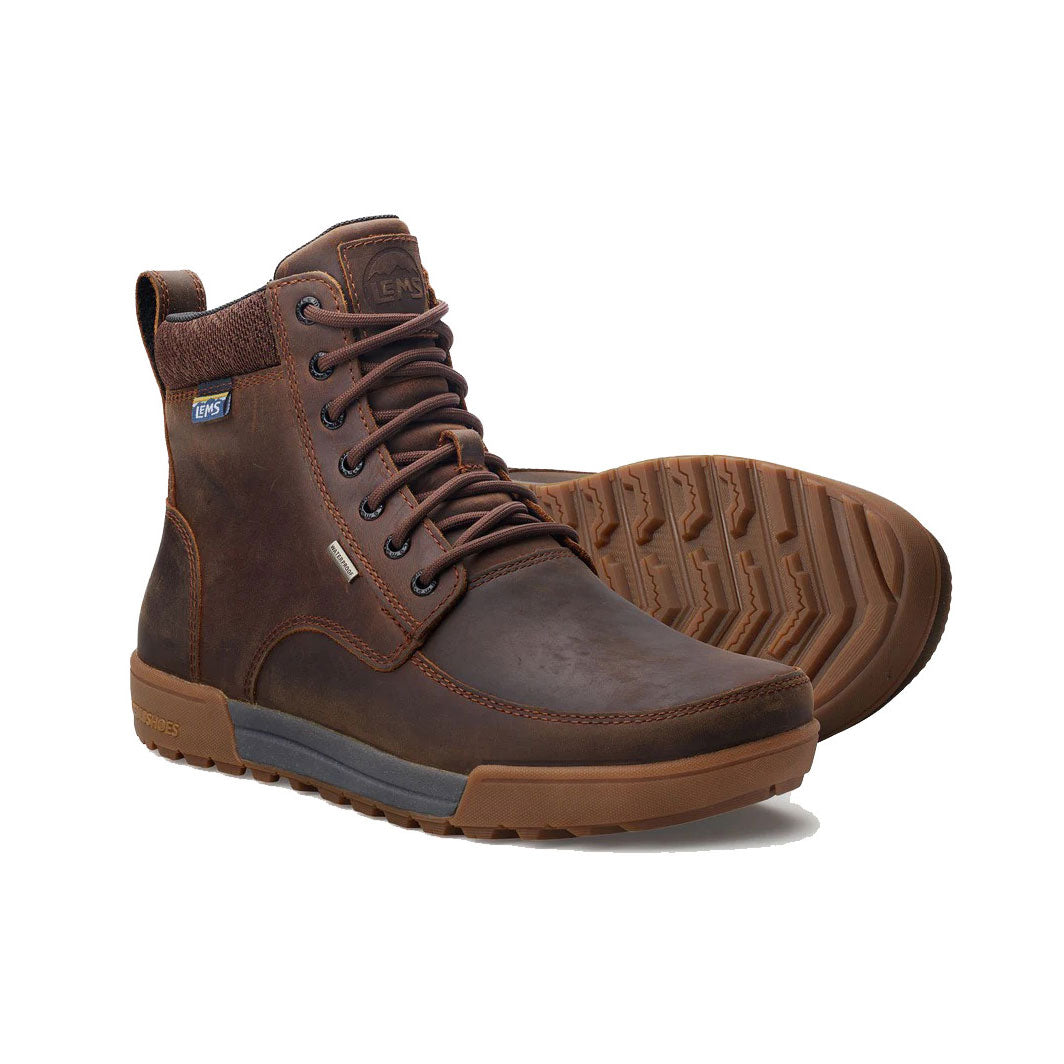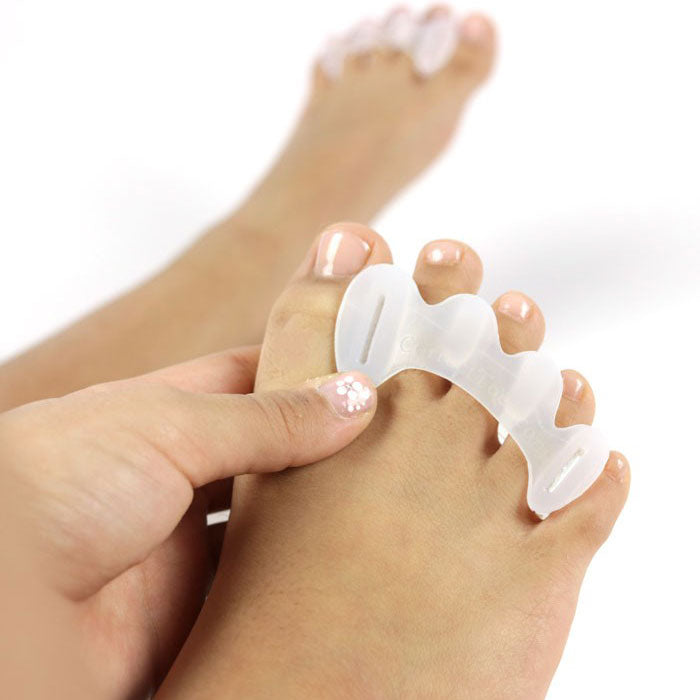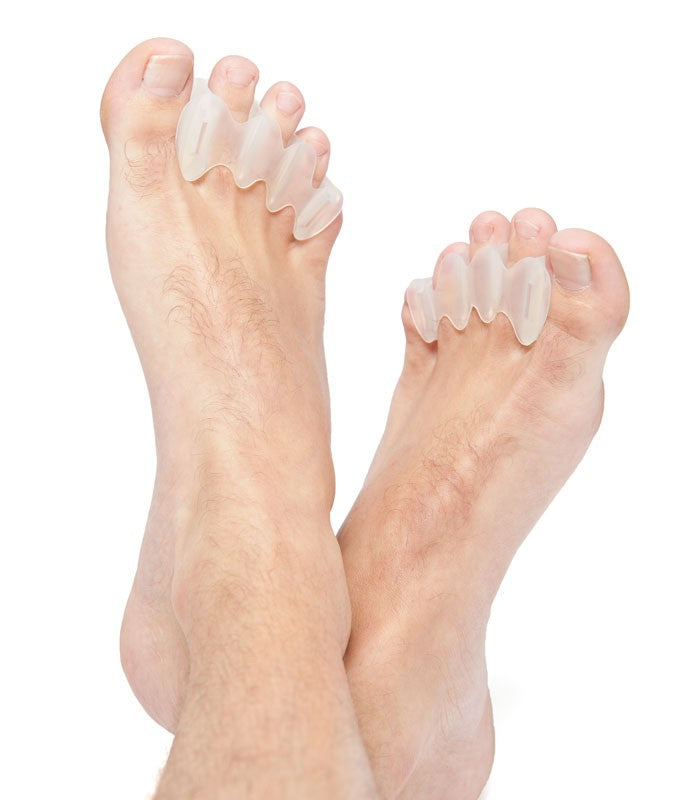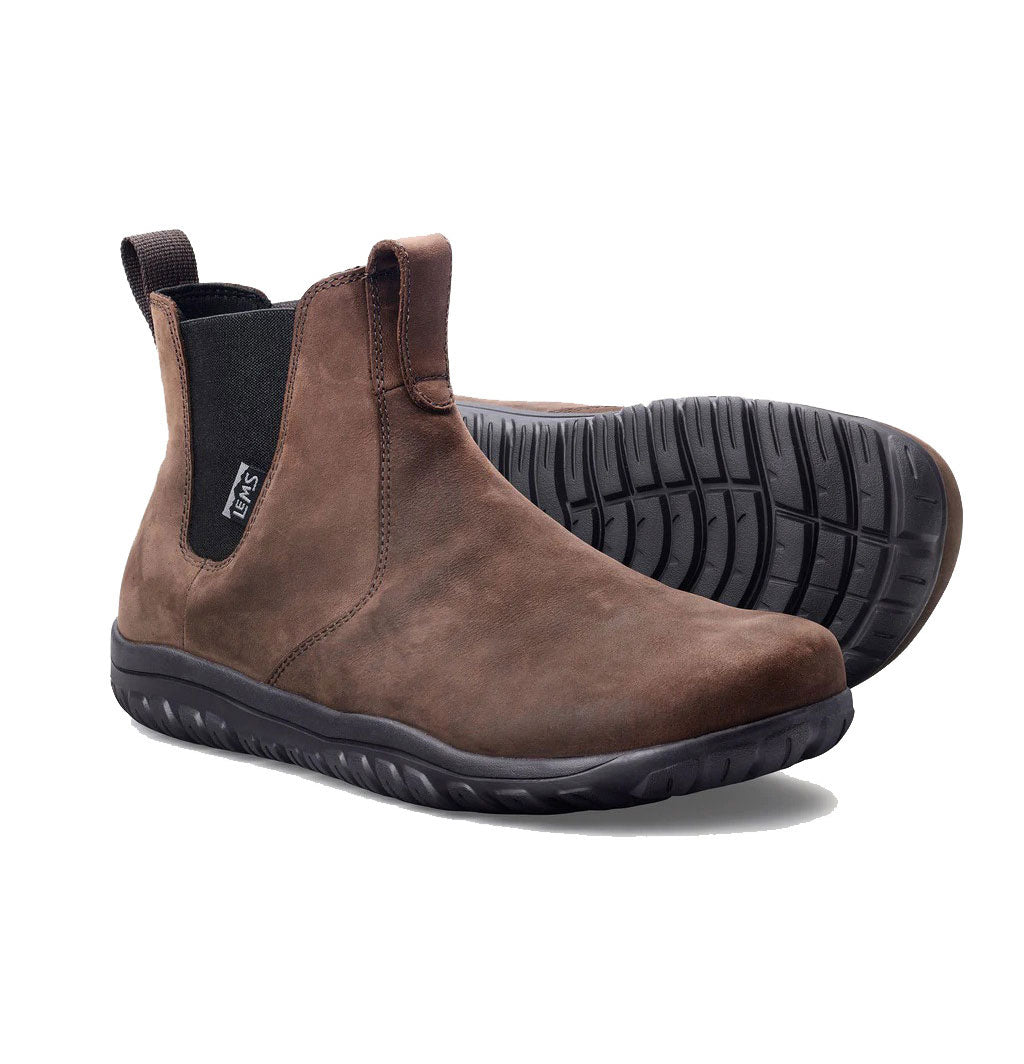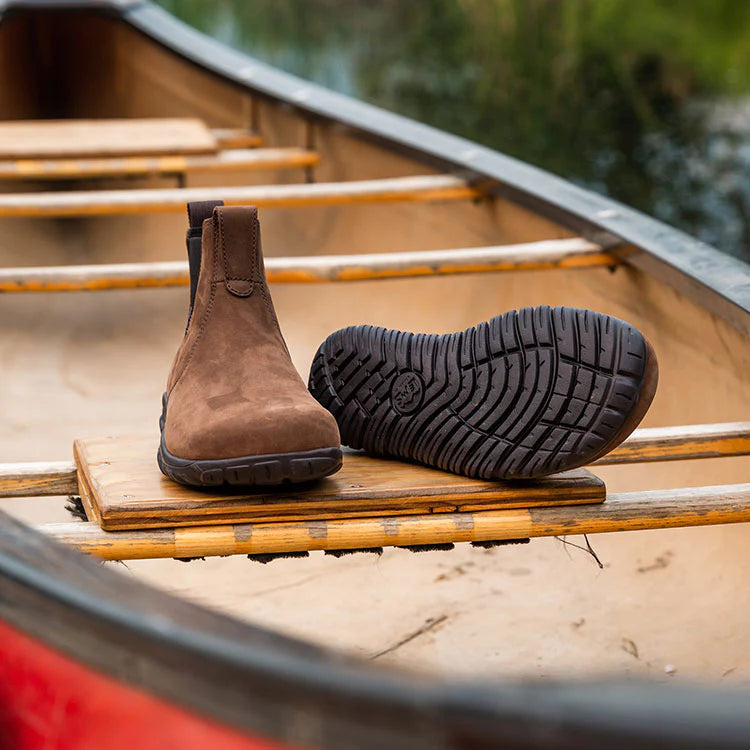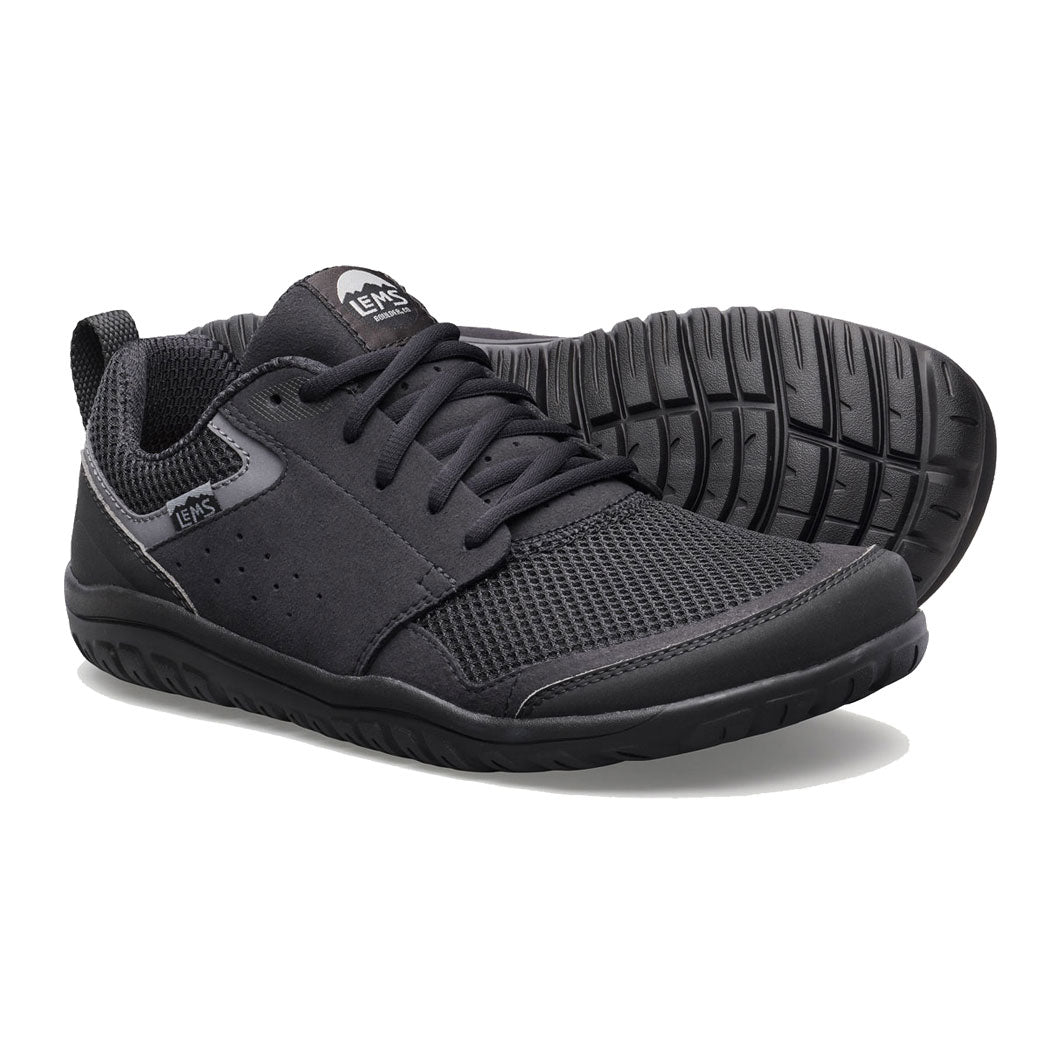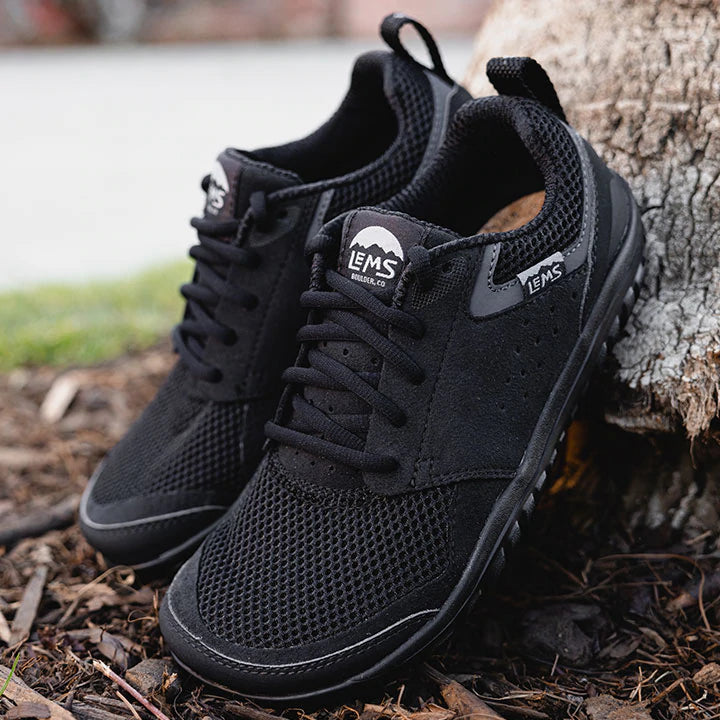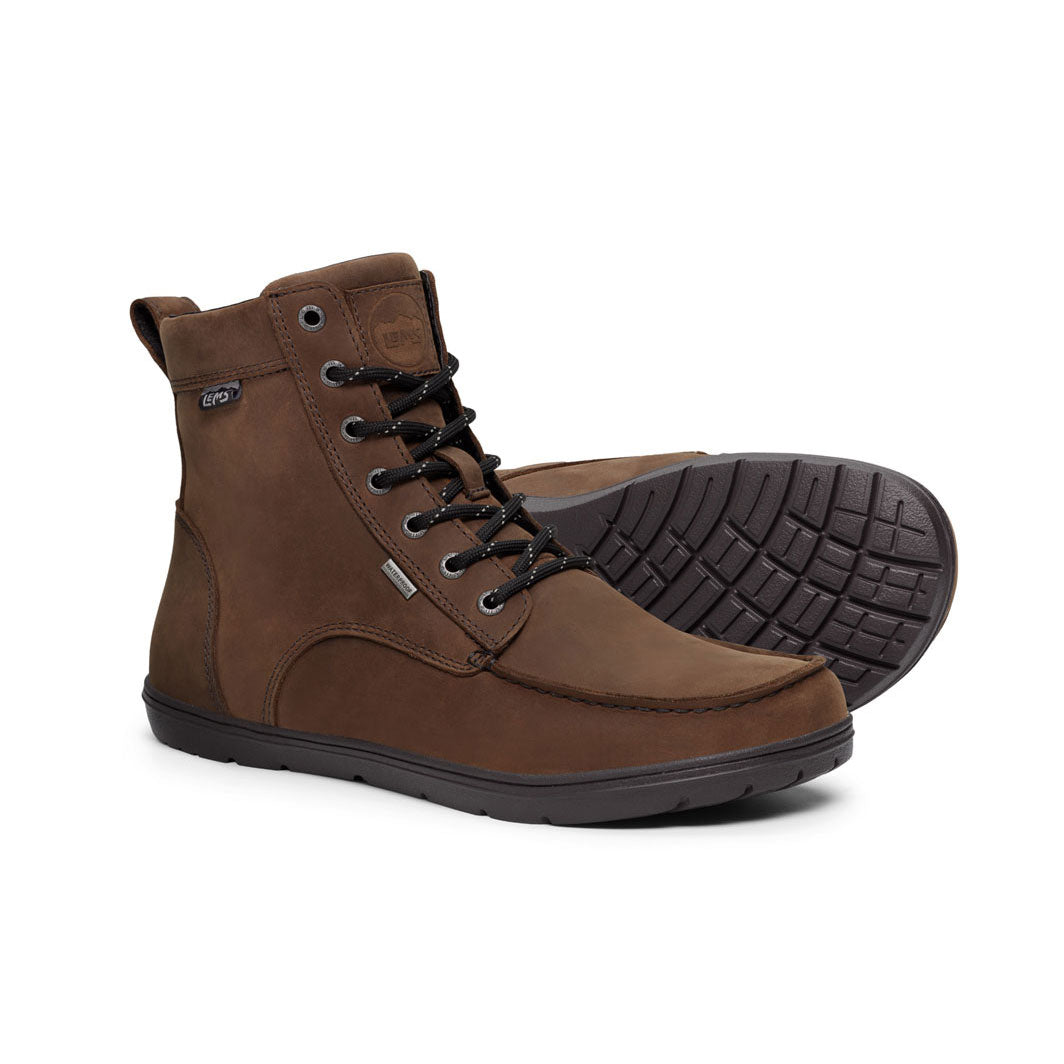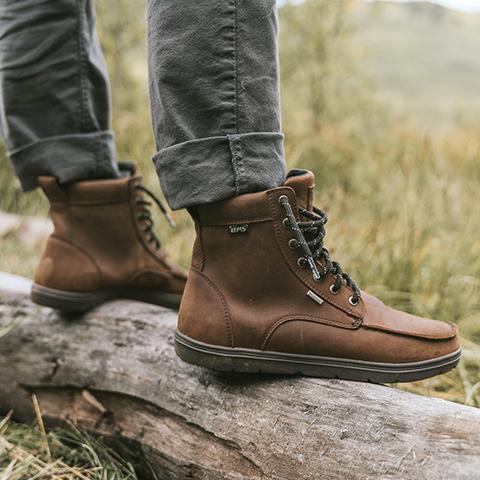The simple act of moving holds immense power that far too many of us take for granted. Perhaps a lack of awareness is responsible for individuals missing out on much of this ‘nutrition’ that is critically important for various bodily functions.
From immunity and neurological functioning to the respiratory system and cardiovascular health; nearly all of the body’s systems are impacted by the types of movements we perform, and the regularity of them. Along with this, variation is also important as newly introduced movements challenge the body and allow for adaptation which comes with its own set of benefits.

To put it simply, movement nutrition is one of the best ways to encourage optimal functioning of your body and, decades ago, that is exactly how people benefited from it. So, what went wrong?
Why Many People Lack ‘Movement Nutrition’ in Their Lives Today
This has everything to do with individual work environments, long working hours, lack of physical activity at home, and an overall sedentary lifestyle that is impacted by many other factors. To break it down for a better understanding, those who relate to a similar work life or lifestyle as mentioned above, limit their overall daily movement due to long periods of sitting down at a desk, sitting or lying down at home after a tiring day at the office, and adopting ‘lazy habits’ that include taking full advantage of technology and the many things we can achieve by just the touch of a button.

From not having to step out of the house or even get off the couch to shop for groceries or order food to your doorstep, to apps that allow you to check if you’ve locked your car door by simply checking for the same on your phone; we have fallen prey to sedentarism thanks to the ‘convenience’ of advanced technology. Even minimal walking has been drastically reduced in various ways such as valets parking our cars for us so that we don’t have to walk from the parking lot to the restaurant we’re eating at; calling or texting a household member instead of walking to the next room to speak with them; the list goes on really.
With the ill effects of poor movement nutrition growing as decades go by, there is no better time like the present to change your fate of living a diseased life that is caused by weak bones and muscles, limited mobility and balance, and many other internal health problems.
Signs That You Are Not Moving Enough
As we mentioned earlier, a good amount of movement which includes variation, is important for many bodily systems to function normally or optimally. When you don’t move enough, and have not been for a long time (years, even), there may be plenty of signs indicating a lack of movement nutrition. Some of these ‘symptoms’ are as follows:
- Chronic pain in different parts of the body
- Weakness
- Weak bones
- Loss of muscle mass
- Lethargy
- Stiffness
- Obesity
- Poor balance; prone to falling
- Cardiovascular disease
- Recurrent injuries
- Tendonitis
- Anxiety/depression
- Foot problems
While it is true that there are or could be other underlying causes for the symptoms/problems mentioned above, little daily movement WILL take a toll on your health and bodily functions in the long run and therefore, should not be disregarded.
How to Increase Your Movement Nutrition Intake
While the end goal is to move your body more, it is not as simple as swinging your arms and legs around the place (even though that would contribute to the cause). What you really want to do is incorporate a good amount of quality movement into your day to day life – the type of movement that your body has been deprived of for the longest time.
With that in mind, the best way to increase your intake of movement nutrition is by identifying the types of movements you typically perform on a regular or daily basis, and physically compensating for areas that are lacking such movement. To help you do this, we suggest that you start by considering how you move, which parts of your body move the most, and how much you move every day.
Daily movements may include:
- Walking
- Jogging/running
- Cycling
- Exercising or working out in a gym
- Stretching
- Yoga/pilates
Areas of the body that move regularly may include:
- Feet and ankles
- Legs
- Head
- Spine
- Shoulders
- Arms
- Hips
What You Can Do to Move More Every Day
Once you have understood where and how you are lacking adequate movement in your life, you can take steps (literally and figuratively) to add to your nutritional movement intake. While you might have a few ideas in mind already, here are some of our top tips to move more every day.
- Take Walks: If lack of time is a factor, consider just 10 minutes of walking every day before/after work, or even during a work break. It is advisable to gradually increase the amount of time you walk for as and when possible.
- Wear a Smartwatch: It is a good idea to track your movement such as counting steps and the collective distance you have walked in a single day as it boosts one’s motivation to meet certain goals. These smartwatches can even prompt you to get up and move about when it detects that you have been sitting for too long.
- Use a Sit and Stand Desk: When you are swamped with work, you tend to sit for longer hours in the day which leads to many problems including chronic back pain. By using a desk that converts to a stand-up desk, you can easily move your body more freely as opposed to when you are in a seated position.
- Walk Barefoot/Use Barefoot Shoes: Modern footwear restricts foot and ankle movement in a significant way; this causes foot dysfunction and disorders of the feet. When you walk barefoot or switch to barefoot or minimalist footwear, you get the benefits of proper ground feel, better sensory feedback, improved balance, increased joint mobility of the ankles, etc.
- Take Up a Physical Activity: Whether it’s playing sports, running/jogging, dancing, yoga, or exercising, adopt a new habit or hobby that involves physical activity.
- Limit Sitting Time at Home: If you spend most of your time sitting down at your workplace or during your daily routine, spend less time seated or in a sleeping position while at home by staying active with chores, DIY projects, hobbies, playing with the kids or pets, etc.
- Stretch for 5-10 minutes Daily: Stretching is great for your body, muscles, and overall movement nutrition intake. However, it is critically important to warm-up before you stretch by doing light cardio such as walking or riding a stationary bike. This loosens up muscles and helps to prevent injury. These are just a few simple ideas you can consider for increasing movement in your day. Whatever or how ever you choose to achieve your nutritional movement goals, make sure that you enjoy it and are not overdoing it; a sudden increase in physical activity can leave your body feeling sore or worse, risk injury and therefore, should be introduced to your daily routine gradually.
SUMMARY
Many conditions and disorders that plague both the young and old in modern times can be owed to a lack of ‘movement nutrition’. Essentially, this means that we are not moving our bodies nearly enough and/or challenging them with a variety or quality movements (that come with a host of benefits). Moreover, the proper functioning of a majority of systems in the body rely on us fulfilling what our bodies are capable of in terms of movements and developing stronger bones and more muscle mass. Among other factors, sedentary lifestyles/work environments contribute to poor movement nutrition in millions of people around the world. Fortunately, there are simple ways in which you can increase your intake of this vital nutrition in the form of moving. Some of these include taking walks, committing to an exercise program, and being physically active at home by doing chores or DIY projects. Walking barefoot and/or switching to natural shoes is also highly recommended by foot health experts as they allow the feet and ankles to move freely; this unrestricted range of motion helps increase mobility and flexibility, and encourages all round healthy feet.

To find the perfect pair of natural foot shaped barefoot shoes, as well as starting your journey of increasing your intake of movement nutrition, check out the collections of tools and healthy footwear we carry by established brands at bprimal Australia.
DISCLAIMER:
The above content is for educational or informational purposes only and is not intended to replace or augment professional medical instruction, diagnosis, or treatment. Read the full Terms and Conditions & Disclaimer here.





